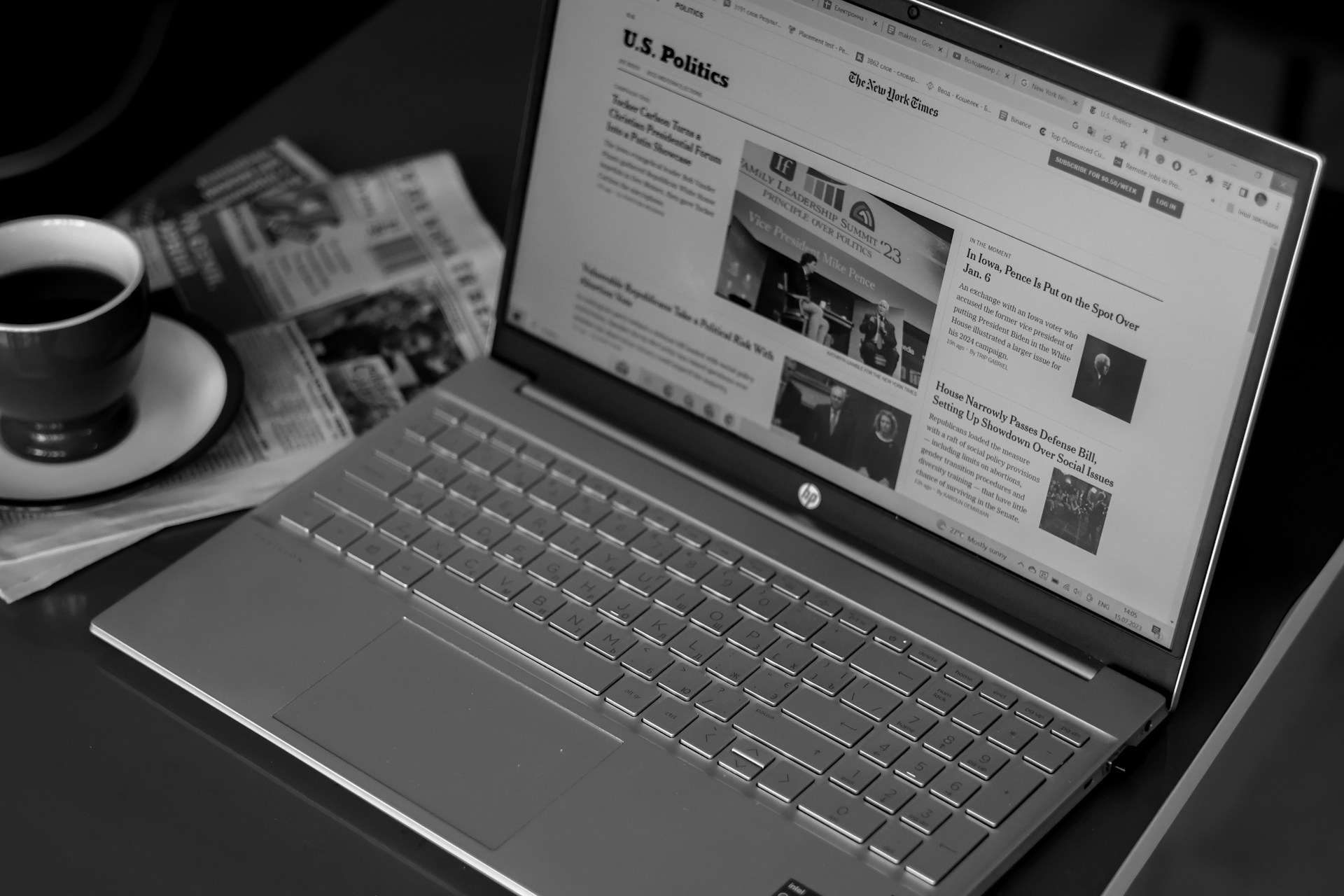Paid media: rules for working with it
Paid media provides services for the placement of advertising content paid for by the company. They are an effective tool for extending the reach of your target audience. This type of advertising gives you the opportunity to connect directly with potential customers.
According to Ahrefs, more than 95% of content does not receive organic traffic from Google. As a result, marketing messages never reach consumers. Paid media, which accurately communicates the brand’s offer to potential customers, helps to remedy this situation.
There are a number of benefits to working with paid media, including:
- attracting traffic;
- increased recognition;
- increased sales.
However, some difficulties can lead to poor performance when implementing this marketing strategy.

How to avoid mistakes
There are many factors to consider when using paid media as a customer acquisition tool. The first is the choice of target audience. Advertising content should target people who are already interested in the product or service. Otherwise, the campaign will not produce the desired results, and money will be wasted.
When choosing a target audience, you should focus on demographics, location, needs and preferences. The best way to do this is to use targeting tools. In addition, it is useful to run tests on different categories of consumers. This approach helps you to see the effectiveness of the marketing message and improve it if necessary.
Another consideration when using paid media is advertising quality. It should be relevant and visually appealing. The main objective is to draw the consumer’s attention to the brand’s offer and encourage clicks.
To increase the effectiveness of advertising, several key factors should come into play:
- the presence of attractive visuals;
- concise and relevant to the target audience text;
- calls to action that evoke an emotional response.
The presence of these elements significantly increases the campaign’s chances of success and its return on investment.
Attention should also cover budget optimisation. Its absence can limit the chances of high reach. At the same time, overspending will increase the cost of attraction, which will impact revenues. The campaign objectives and the company’s financial possibilities should determine the budget allocation.
In addition, even if all the rules are followed, it is necessary to monitor the campaign’s effectiveness on a regular basis. Click-through rate (CTR) and cost-per-action (CPA) metrics are important in this case. The first metric helps assess the relevance of the advertising, and the second metric is the rationality of the budget spent.
You can get this information by studying analytics. Special services monitor data on user actions. Regular tracking will help adjust the advertising campaign in time to make it as effective as possible. The strategy of using paid media should be carefully planned to avoid mistakes.
